In the United states, where railroads, trains and the people who ran them are so intricately linked to the country’s national history, the locomotive profession and the watches purpose-built for them have long been romanticized. This is a common trend among many other jobs, and the watches associated with them, from the past hundred years or so — from scientists, sportsmen, divers, drivers, astronauts, actors, infantry, explorers, pilots, political leaders, and even polo players — but few other pieces are so strongly connected to a national history as the American railroad watch.
However, just as the peak of American watchmaking has come and gone, so too have the railroad watches that marked its dawn during the twenty-five years or so before and after the turn of the 20th century. Among those rare brands carrying on this legacy, few are so frequently its champion as Lancaster-based RGM; a 1992-founded American watch manufacturer, named for the initials of its founder, trained horologist Roland G. Murphy, whose factory resides in the same historic area as the original Hamilton Watch Company, now headquartered in Switzerland.
Today we’ll be looking at RGM’s Model 222-RR, a modern converted-pocketwatch homage to the original Official RR Standard dial watches developed in 1925 (vintage ad above). The first of these original RR dial watches, then nicknamed Box Car dials, were first designed by Ball Watch Co. and served as the next evolution in railroad watch designs stemming from 1893. Eventually, this ‘20s style was picked up in some variation by three of the biggest American brands of the time: Elgin, Hamilton, and Waltham. It was most frequently used in pocketwatches, which were still the predominant style for men’s watches in the ‘20s, especially in the railroad category — though it was also found in a number of early wristwatches in their converted pocketwatch form — that is with lugs welded, normally in post-production, to secure them via a strap to the wrist.
The modern RGM piece uses a 41-mm pocketwatch-inspired steel case, askew at forty-five degrees with straight lugs and an onion crown, and altogether easily recalling those converted-style watches of the early 20th century. On the angled face is a refined Box Car dial, with a simple outer minute track, boxy Arabic numerals for the hours, and a prominent subdial for running seconds at the 6 o’clock position. The white enamel dial with its black accents, a design for which RGM is well known, was produced through the traditional grand feu technique — an intricate process of layering and firing powdered glass onto a delicate and smooth dial that is extremely resistant to the patina aging that non-enamel watches typically accumulate. Sweeping over the dial with its subtle RGM logo and Lancaster, PA location information are two blued steel hands in the classic railroad style.
Inside the 222-RR is a reconstructed, refinished vintage Hamilton 921 or 923 10-size movement, furnished with a new mainspring produced specifically for these hand-wound mechanisms. The 921 has 21 jewels and was used extensively by Hamilton over the first half of the 20th century (as pictured above), while the 923 has 23 jewels and is, by comparison, much rarer, with fewer than 4,000 movements produced (pictured below); the finishing on the two movements is also a bit different, though both are visible through an exhibition caseback. Currently, the brand 921 movement model is listed at $5,900 and the 923 movement at $7,900. For more information, and to purchase one directly, visit RGM’s website.
It’s worth noting that these vintage movements aren’t as shockproof as more modern mechanisms, on account of the shockproofing technology not existing during their development. However, when I contacted RGM, Murphy said that while this is true, they have only had two out of about 200 watches using these movements in 15 years to face complications as a result. “And [of] those two watches with broken staffs [they] had received very hard impacts that would have damaged most watches with or without shock jewels.” Murphy went on to mention that the vintage mechanisms also use a friction balance staff — instead of a riveted staff which tends to be easier and less risky to the balance wheel when replaced by an expert, which RGM certainly is.
Throughout the Model 222-RR, you see the obvious effort the brand made to boost this historical railroad watch design in a unique and timeless manner — from the seamless straight lugs and angled onion crown which quickly recall the converted pocketwatch design, to the Box Car-style dial with its blue steel hands and traditional grand feu enameling. The extent of the homage is possibly seen best in the refined, vintage Hamilton movements powering the watch, which have been raised to a new level of luxury through their refinishing.
Uniquely modern to the piece, along with the luxury allowed through modern production techniques and the combination of different traits in a single piece, is its 41-mm sizing. This is significantly smaller than the large vintage converted pocketwatches that inspired the 222-RR, which were commonly 50 mm across, and some as large as 60 mm. It’s a significant difference, as the modern 41-mm diameter allows the watch to be both wearable and comfortable, while keeping the angled dial’s features balanced and attractive for a watch that could have easily become an unruly novelty.
The railroad watch is an interesting, and somewhat underutilized design, and it’s significant for a brand to engage with the history of that style. That RGM— one of the rare watchmakers that still makes luxury timepieces in the U.S.A. — has so frequently done so could be a harbinger of a larger trend in the country, as upstart American brands work to draw upon the rich history of horology in the United States. Until (if) we see such a trend, the 222-RR remains one of the standout examples, and possibly the most interesting one to date.
For the most recent article in the “Vintage Eye” series, in which we take a look at the historical inspirations behind the Blancpain Fifty Fathoms Bathyscaphe Day Date 70s , click here.
Caleb Anderson is a freelance writer with a primary focus on vintage watches. Since first discovering horology, he has garnered extensive knowledge in the field and spends much of his time sharing his opinions among other writers, collectors, and dealers. Currently located near New York City, he is a persistent student in all things historical, a writer on many topics, and a casual runner.

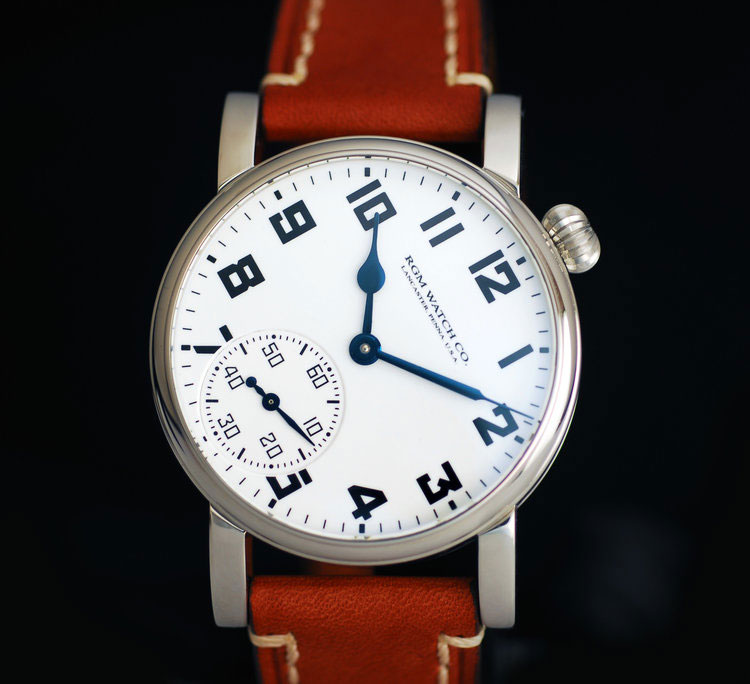
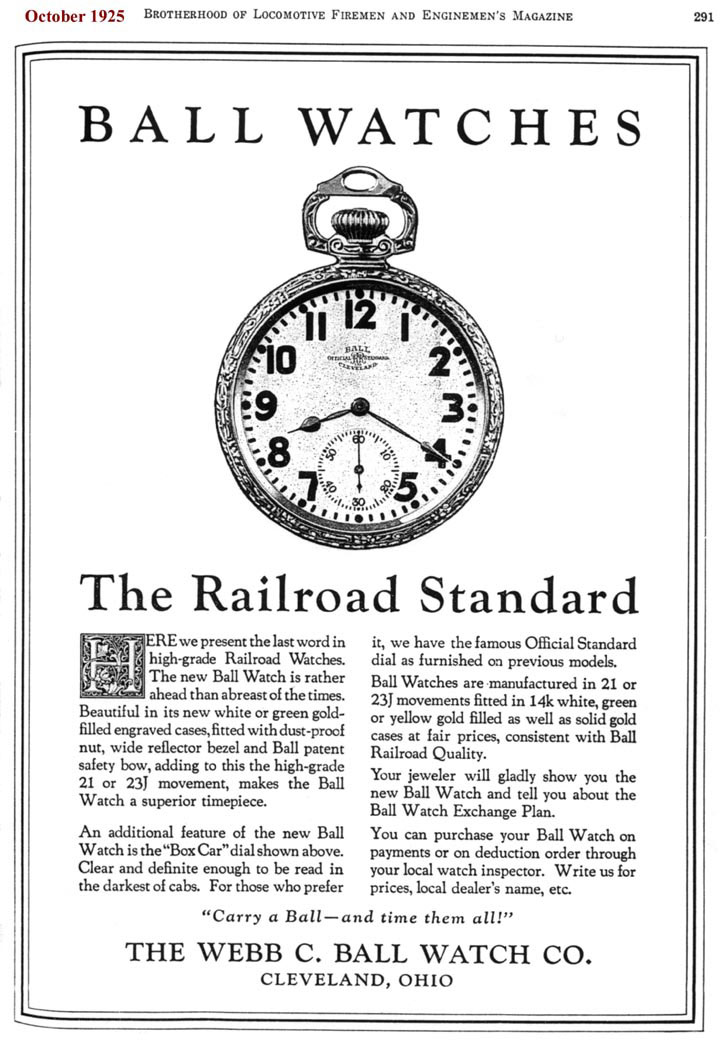
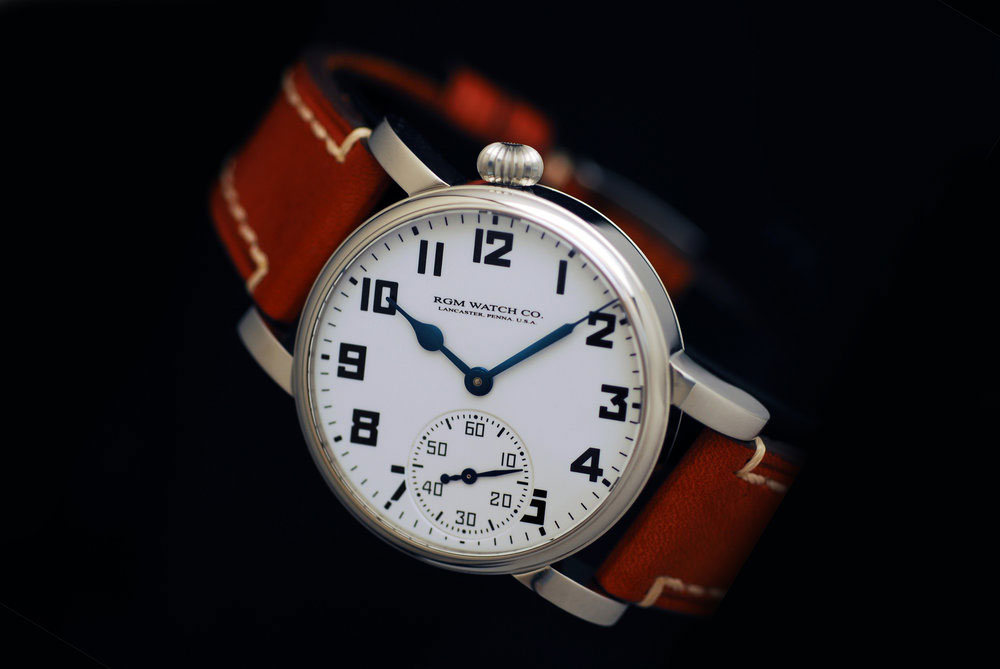
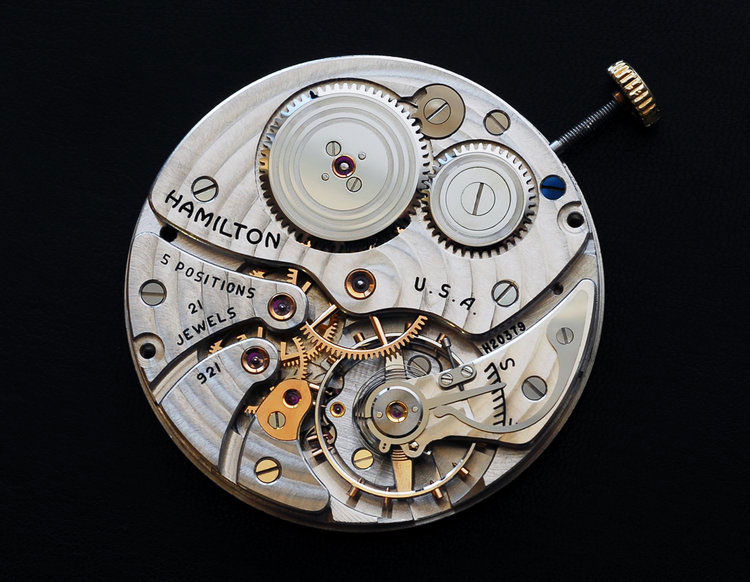
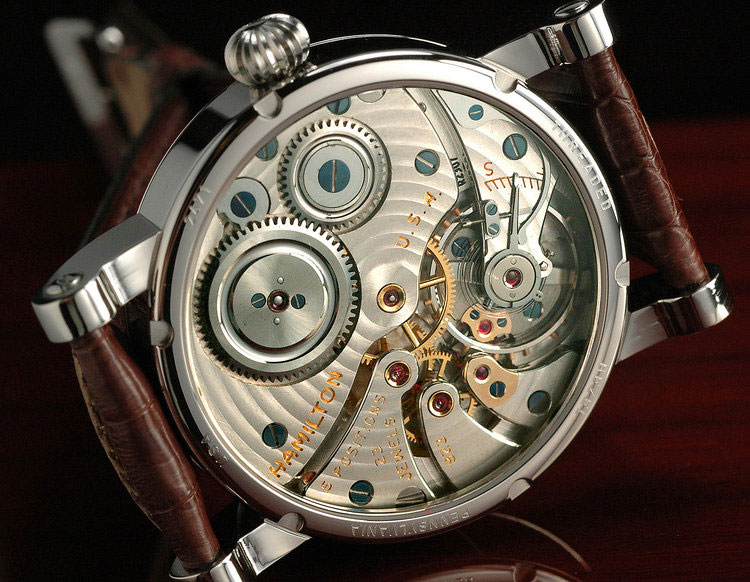
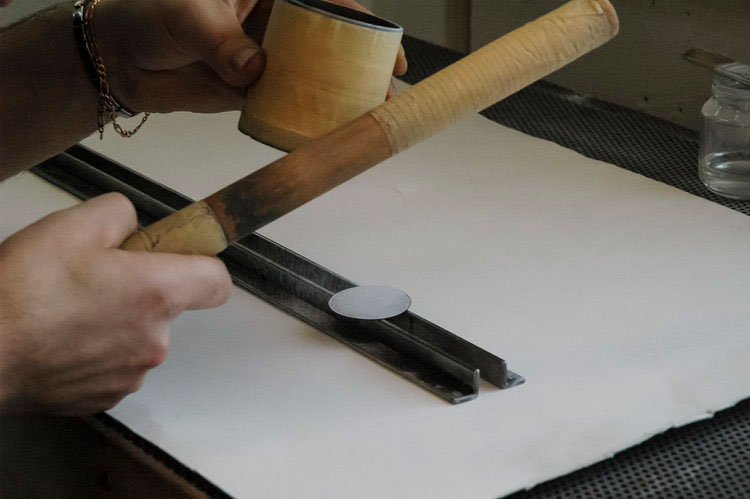
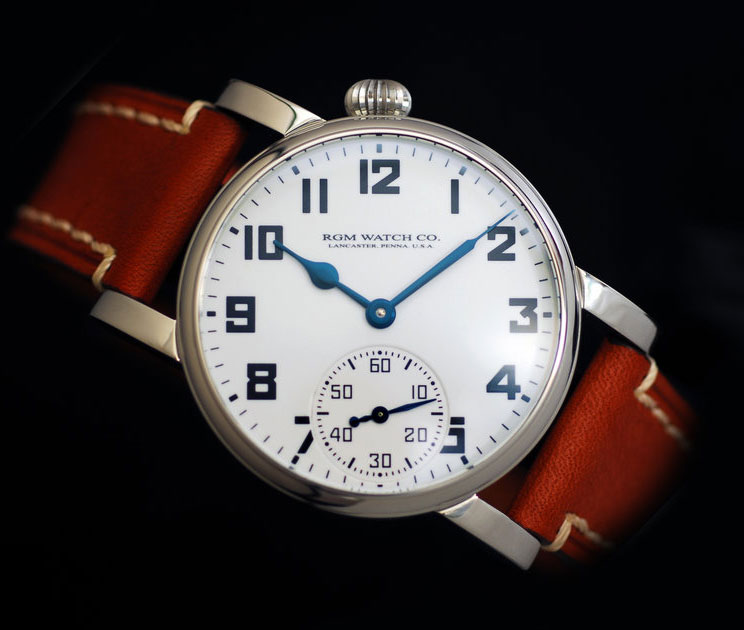


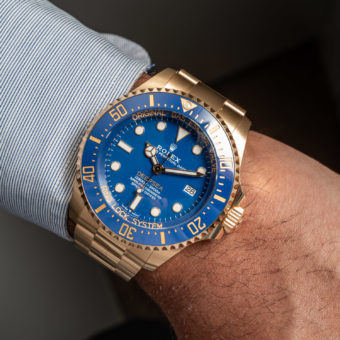
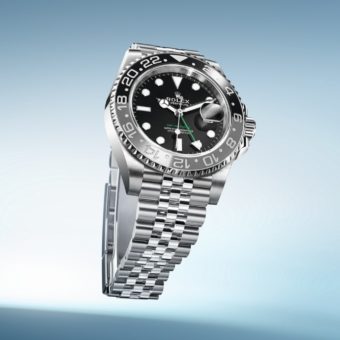
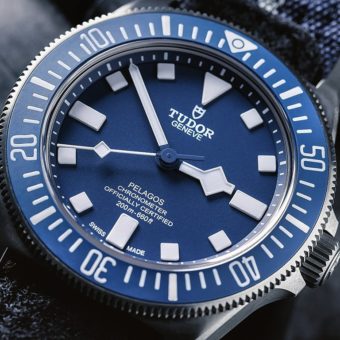


Forgive me if I missed it, but it’s hard not to be reminded of the very interesting watches Vortic are making with a very similar concept. There are certainly differences in the approaches taken by RGM and Vortic, but the core idea is very much the same. While one could certainly argue about the level of finish or design, the price differences would also have to be considered.
Nb. I am not affiliated with Vortic or RGM.
The ONLY thing that stops me from buying this watch is the angle.
I love pocket watches and gave quite s few in my collection and have been looking for a decent modern homage… this ALMOST fits the bill…. Almost